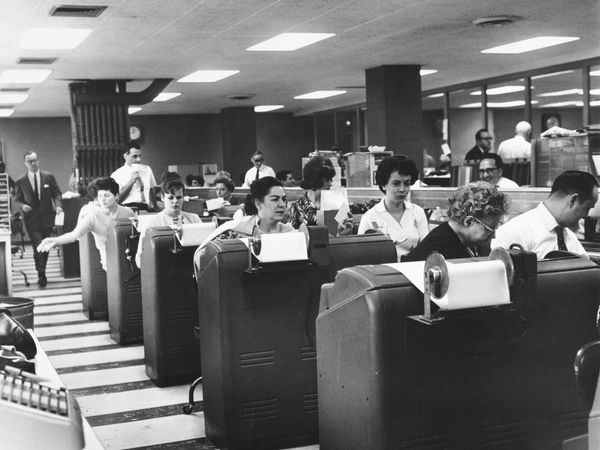
Equal Pay Day, observed on March 12th in the United States, serves as a poignant reminder of the enduring income disparity between men and women in the workforce. Despite advancements in gender equality, women still earn just 84 cents for every dollar earned by men, according to data analyzed by the National Women's Law Center.
Jasmine Tucker, Vice President of Research at the National Women's Law Center, emphasized the significance of this shortfall, stating, "When you look at the cent number, it looks like it's small. I don't think that does justice to the actual losses."
The impact of this wage gap is magnified over time, with full-time female workers needing to work into the new year just to earn what their male counterparts made in the previous year. This inequity translates into substantial financial losses, with women potentially forfeiting hundreds of thousands to over a million dollars over their careers.
The disparity is even more pronounced for Black and Latina women, who face lifetime wage gaps of $884,800 and $1,218,000, respectively. These figures highlight the intersecting challenges of gender and racial discrimination in the workplace.
While progress has been made, the gender pay gap persists due to a variety of factors outlined in a report by the Pew Research Center. Women are often concentrated in lower-paying industries and face penalties for caregiving responsibilities, known as the "motherhood penalty." Systemic bias also contributes to disparities, with women of color being underrepresented in higher-paying occupations and paid less even when in the same roles as their male counterparts.
According to the Institute for Women's Policy Research, their recent analysis of median weekly earnings across various occupations revealed a concerning trend: women consistently earned less than men in all 20 of the largest occupations for both genders.
The study highlighted significant disparities in pay within various professions, with some of the most pronounced gaps observed among financial managers (where women earned 71% of what men did), retail salespersons (72%), education and child care administrators (79%), administrative assistants (80%), and managers (81%).
Ofronama Biu, a Principal Research Associate at the Urban Institute, underscored the importance of addressing not only wages but also the benefit gap, which includes factors such as retirement accounts and healthcare.
Efforts to close the gender pay gap have included increasing pay transparency through state-level laws and prohibiting employers from asking for salary histories. Lauren Sanfilippo, Senior Investment Strategist at Bank of America's Chief Investment Office, emphasized the role of companies in fostering transparency and fair compensation practices.
However, achieving true pay parity requires concerted efforts at both the federal and corporate levels. Deborah Vagins, National Campaign Director of Equal Rights Advocates, advocated for federal legislation such as the Salary Transparency Act and the Paycheck Fairness Act to address loopholes and ensure robust remedies for pay discrimination.
Despite these challenges, there is optimism that ongoing efforts will lead to greater equity in the workforce. Vagins noted that while progress may be slow, initiatives aimed at increasing transparency and accountability offer hope for a future where equal pay is not just a goal but a reality for all.










